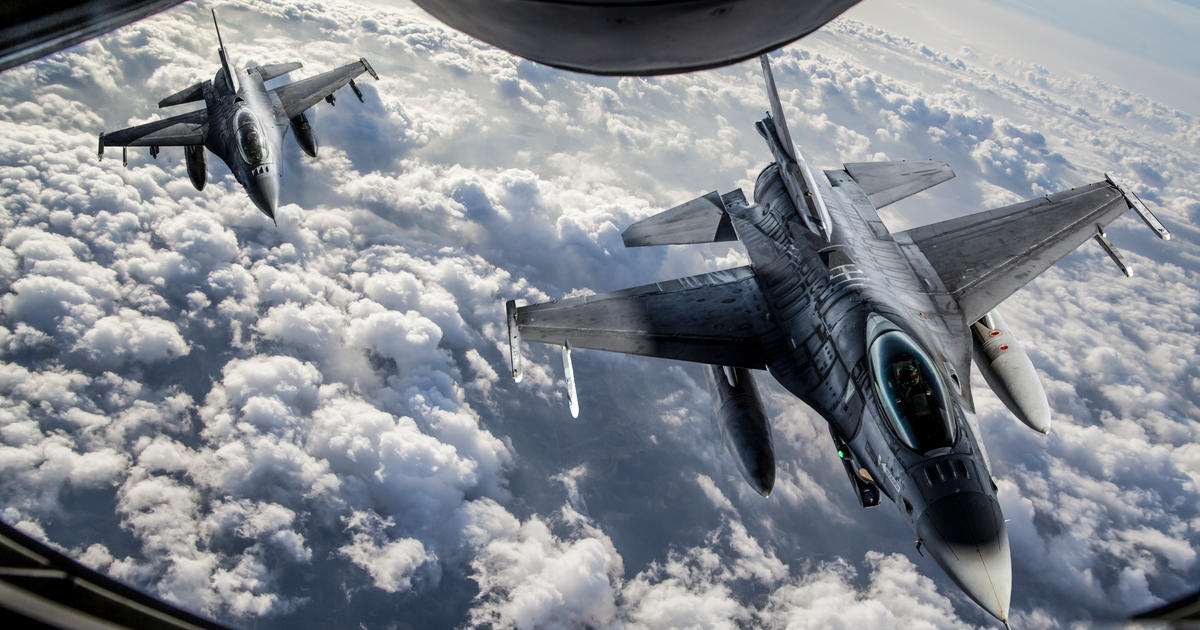The global defense industry, like many sectors across the world, is experiencing unpredictable results in response to Covid-19. Military organizations are shedding their rigid structures and investing in new technology to allow them to continue with their domestic and foreign operations in response to the evolving crisis.
In fact, recent IFS research has demonstrated that the defense industry is not alone in this decision, with over 50% of respondents across multiple industries reporting that they are looking to increase spending on digital transformation during the pandemic. For many military organizations, the change in tactics is paying off—with remarkable digital transformations, previously been scheduled years down the line, being achieved within weeks. For instance, the British Armed Forces is currently trialing the use of simulation – including virtual reality and augmented reality – to conduct targeted and responsive training for personnel and the U.S. Navy is developing Remote Access Servers and Virtual Private Networks to support the increase in the volume of employees working remotely.
There is no doubt the current business and economic effects of the pandemic are acting as a catalyst for technology change, particularly in four key areas.

1. Flexible and remote working brings on e-signatures
For operations to continue during Covid-19, organizations have realized that they need to start embracing flexible and remote working—and military organizations are no different. This modern way of working has even won over the higher-ranking leaders, who were not their greatest fans—they previously preferred traditional in-person and direct management processes instead.
But this new working setup has proved itself an efficient means of operation – streamlining processes, empowering the workforce – and has even brought about a re-evaluation of traditional methods, with questions being raised over whether they are responsible for delays in production. Take for example the use of electronic signatures generated by automated workflows on formal documentation—they have dramatically reduced approval wait time and total throughput time by replacing the need for physical signatures. This benefit has been a gamechanger for employees, many of who were fed up with the long approval chains, and by senior executives, who now have the time to focus on more pressing matters. The evidence speaks for itself—the new working paradigm works and can continue to support the defense sector in future operations.
2. Disaster-proofing operations – always on
External events, whether system maintenance or natural disasters have two things in common: triggering planned and unplanned outages, which can cause significant bandwidth and connectivity issues. These issues can normally be resolved quickly through contingency plans, but a more sophisticated approach can help mitigate connectivity issues. Reliable connectivity has never been a more pressing matter for military organizations than in the current environment, due to the new demand for remote working and the need to communicate with globally distributed assets and personnel. Certain missions even require performing prolonged operations, often in areas with unreliable connectivity, where the need to stay covert is paramount.
As a result, military organizations are now even more aware of the need to incorporate Disconnected Operations into their risk mitigation strategies. Disconnected Operations solutions have the capacity to not only help during outages but also allow for remote operations to continue uninterrupted, as they have the capacity to secure remote access and allow operations to work while offline and later reconnect and resync data—removing the issue of an unreliable connection.

3. Streamline workforce efficiency without headcount reduction
The adoption of digital transformation and automation in the defense sector has long been held back by fears that they would come at the cost of losing personnel. With the pandemic adding to the existing pressure on global militaries to reduce admin costs and decrease the size of headquarters, many military organizations have found the opposite to be true—digital transformation and automation are resolving their issues and, in the process, dismantling the blockades that have been holding back administration and headquarter reform for years. The digital advances allow military organizations to streamline administrative tasks, resulting in more efficient back-office processes. This has ensured that more resources can be reassigned to the operations that matter—increasing efficiency while successfully protecting the livelihoods of their valued personnel.
Unlike when programs get delayed for defense manufacturers and they are forced to cut personnel, due to the inability for their labor force to work from home, military organizations are able to implement their new technology solutions to re-assign personnel, ensuring that operations can continue—uncovering new opportunities for future workforce realignment.
4. Compliance will never go away – it must keep pace with tech advances
As the military moves to remote and digitized operations on a more permanent basis, defense in-service support organizations have quickly realized that they cannot afford to lose sight of compliance areas, such as FedRamp, ITAR and CMMC, if they want to continue winning large multi-year government contracts over their competitors.
To ensure this success, defense organizations need to make sure they have flexible software architecture which as they transform, will adhere to military regulations—and this is where a tailored solution comes in. With a managed cloud or secure hybrid enterprise software environment for critical compliance areas such as ITAR, military and defense in-service support organizations alike can explore digital capabilities knowing compliance is not an issue.
Taking the digital leap now will ensure ongoing success
While Covid-19 can be credited for turning digital transformation blueprints into a reality within months, it’s the perfect time for military organizations to keep moving forward! By embracing digital transformation and choosing a capable enterprise software solution to do so, military organizations will be investing in their future success—guaranteeing increased flexibility, increased efficiencies and streamlined processes, long after the coronavirus storm has passed.
Read more about digital transformation at blog.ifs.com.
Do you have questions or comments?
We’d love to hear them so please leave us a message below.